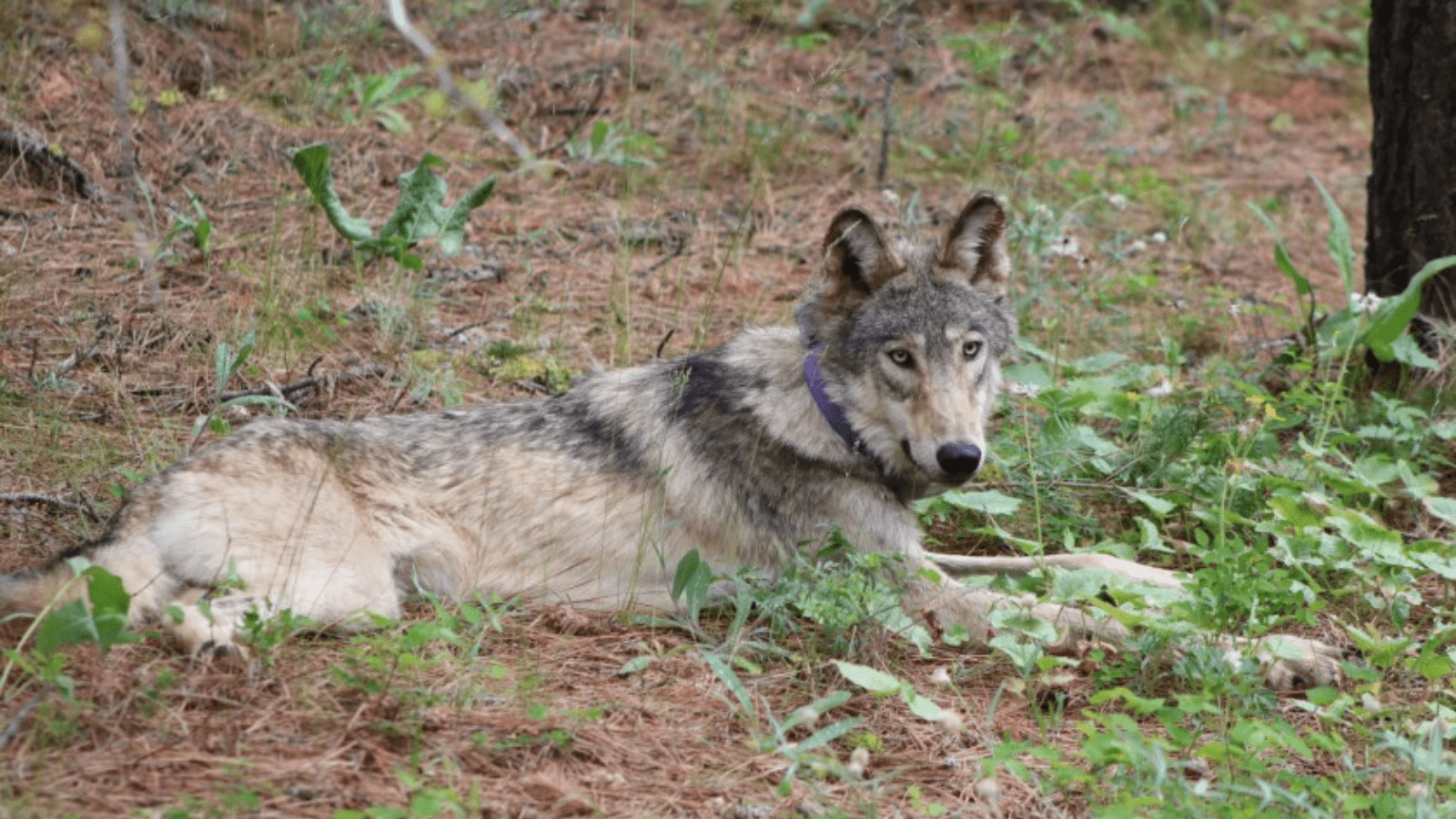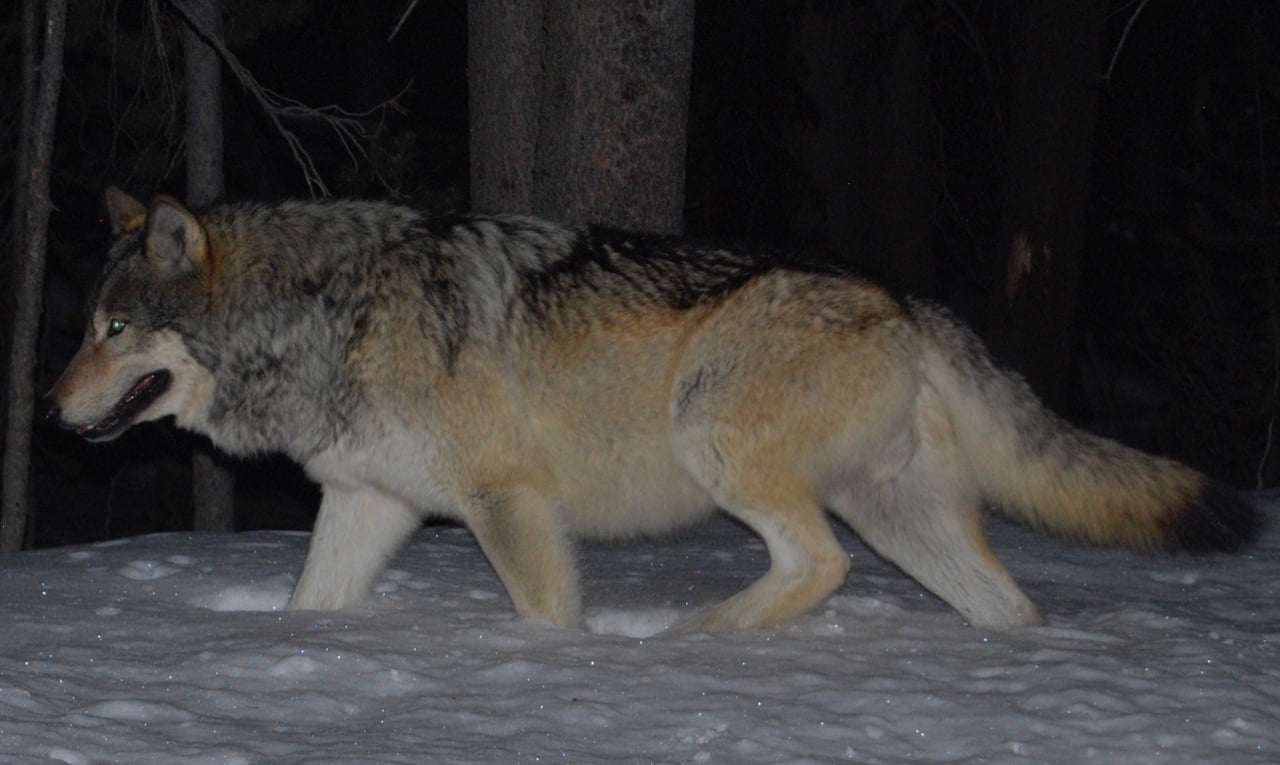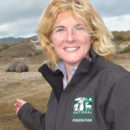We have much more to do and your continued support is needed now more than ever.
The Wolf is at Yosemite’s Door

I have lived outside Yosemite National Park for over twenty years and worked in the park for almost a decade. Yosemite is my north star, and I spend every spare moment wandering in the park.
The world here now appears different, more magical, filled with wild wonder. I wake up with the joyous knowledge from the California Department of Fish and Wildlife’s announcement last week that wolves have arrived in the central Sierra, and soon, I may wake up to the music of a wolf howling at my home. I am celebrating that I now have a chance of seeing a wolf in Yosemite.
And just to contemplate that the granite walls of Yosemite Valley may soon echo with the call of a wolf fills me with profound happiness, a profound sense of rightness.
Living with wolves on the landscape is different—the wild becomes wilder is the best I can describe it. As Edward Hoagland said, “A mountain with a wolf on it stands a little taller.” The Sierra Nevada stands a little taller today because of OR-93, the lone wolf that made the journey from Oregon’s White River pack all the way to Yosemite’s door.
I also lived and worked in Yellowstone, and delighted at the abundance of wildlife, especially at having wolves as a neighbor. I had so many incredible wolf encounters in Yellowstone, and can attest that looking into the eyes of a wolf is life-changing, much like the poet Kotomichi describes, “My heart was rapt away by the wild cherry blossoms—will it return to my body when they scatter?”
As a wildlife conservationist, I am over the moon that a native species is returning to its rightful home. I cheered from afar, along with the rest of the world, when wolf pioneer OR-7 crossed the California border in 2011, becoming the first wild wolf in our state in 90 years. His incredible journey paved the way for the wolves to return to the Golden State—and return they did with the establishment of packs in northern California.

And we have the reintroduction of the wolves to Yellowstone and Idaho to thank for their return, as OR-7 and OR-93 are descendants of those wolves, and they traveled far to find a new home. This reintroduction of wolves back to the Yellowstone ecosystem, hailed as one of the great wildlife conservation success stories, was a decades-long and bipartisan effort, led by government agencies and environmental groups such as my own. Wolves in California cut through the bureaucratic red tape and just came on their own initiative, perhaps sensing with every step of their travels, the presence of their ancestors. Science says they were here. Science says they have a place to return.
Yet the science isn’t enough. The gray wolf is already protected in California thanks to the foresight of the California Fish and Game Commission, who listed them on the state’s endangered species list in 2014. But even with the state’s protections, we the people must also welcome them back. For the wolf to remain, we need to develop a shared social compact about wolves. We need, as Barry Lopez once wrote, “to create a feeling for wolves that we may once have had as a people ourselves but have long since lost—one in which we do not know all the answers, but are not anxious.” We the people must support further protections and conservation efforts to fully support their return. We must also support programs that help educate and support ranchers, livestock owners, and others to successfully coexist with wolves. The wolves need us as their best advocate.
Yosemite and Yellowstone have always had a little friendly competition. The inside joke in the park community is you go to Yosemite for the scenery and Yellowstone for the wildlife and wolves. Yellowstone just may have some competition for wolf watching now. The return of the wolf to Yosemite is imminent. I love knowing that soon, as I stand in Yosemite Valley, gazing at Half Dome, or while I am hiking in Tuolumne Meadows, a wolf may now trot past me, taking its rightful place back in the Sierra world.
Beth Pratt is executive director of the National Wildlife Federation’s Californian Regional Center






















